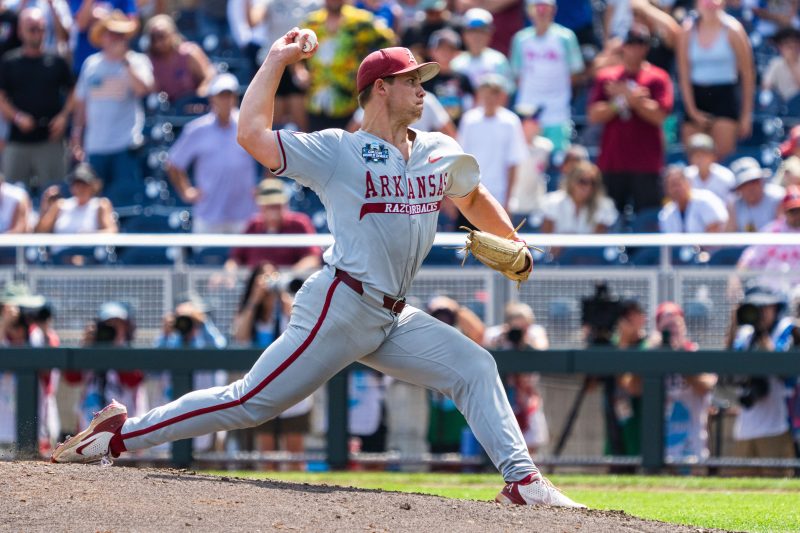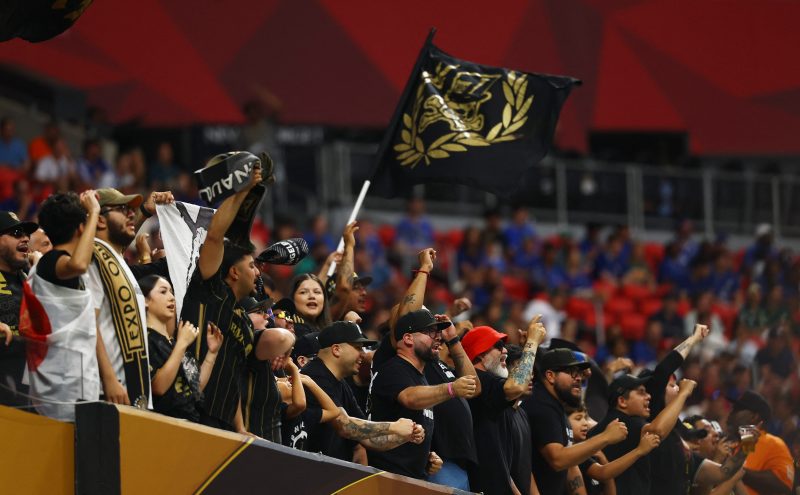MLB’s top 10 pitcher-friendly ballparks

One of the unique things about baseball is that the game isn’t always played under the same conditions. Unlike football, basketball, hockey or most other sports, the dimensions of the playing field are different depending on a team’s home stadium.
As a result, a ball hit the same distance could be a home run in one ballpark and an easy out in another.
So which venues are the most advantageous for pitchers? Let’s take a look at some Statcast data to find out the best places to take the mound.
What is Park Factor?
The most practical way to gauge a ballpark’s effect on pitching is by looking at a stat called Park Factor. In its simplest form, park factor is determined by comparing the cumulative stats of players from games in that park vs. the stats of those same players from games in other parks.
To get a single park factor number, the results are scaled to a league average of 100. So the higher the park factor, the more hitter-friendly the stadium. Conversely, the lower the park factor, the more pitcher-friendly it is.
Also, those numbers for each ballpark can vary from year to year due to variations in temperature, weather and schedules. So the most accurate park factors are derived by taking an average of the past three years.
MLB’s most pitcher-friendly ballparks
So, now it’s time to dig into the numbers.
Using a rolling three-year average, T-Mobile Park in Seattle — home of the Mariners — is the most pitcher-friendly venue in the majors. Its park factor of 91 means that from 2023-2025, total offensive output in games played in Seattle has been 9% below the major league average.
The five lowest overall Park Factors:
- T-Mobile Park (Seattle Mariners) 91
- Wrigley Field (Chicago Cubs) 96
- Oracle Park (San Francisco Giants) 96
- American Family Field (Milwaukee Brewers) 96
- Citi Field (New York Mets) 97
Progressive Field in Cleveland, home of the Guardians, also has a Park Factor of 97, but ranks percentage points below Citi Field. Rounding out the top 10: Comerica Park (Detroit Tigers), Globe Life Field (Texas Rangers), Petco Park (San Diego Padres) and Rate Field (Chicago White Sox).
Toughest MLB parks for home runs
While home runs make up a huge part of the offensive production for MLB teams, they’re not the only thing that matters. Some ballparks may not be that great for pitchers in general, but may be more attractive to pitchers who give up a lot of fly balls.
The five lowest Park Factors for home runs:
- PNC Park (Pittsburgh Pirates) 79
- Oracle Park (San Francisco Giants) 80
- Kauffman Stadium (Kansas City Royals) 82
- Progressive Field (Cleveland Guardians) 84
- Chase Field (Arizona Diamondbacks) 88
Rounding out the top 10: Busch Stadium (St. Louis Cardinals), Fenway Park (Boston Red Sox), loanDepot Park (Miami Marlins), Comerica Park (Detroit Tigers) and Wrigley Field (Chicago Cubs).
What about the temporary minor league parks?
We don’t have three years’ worth of data for Sutter Health Park (Athletics) and Steinbrenner Field (Rays). So based on a little over the two months the two teams have been playing in their temporary home parks, here’s how they compare to the other established major league stadiums.
Sutter Health Park — West Sacramento, California
- Overall Park Factor: 112 (second in majors)
- HR Park Factor: 114 (seventh)
George M. Steinbrenner Field — Tampa, Florida
- Overall Park Factor: 100 (13th)
- HR Park Factor: 119 (sixth)





